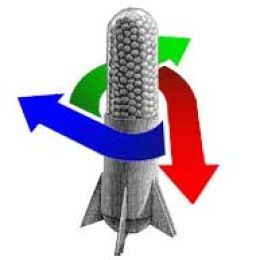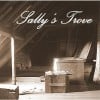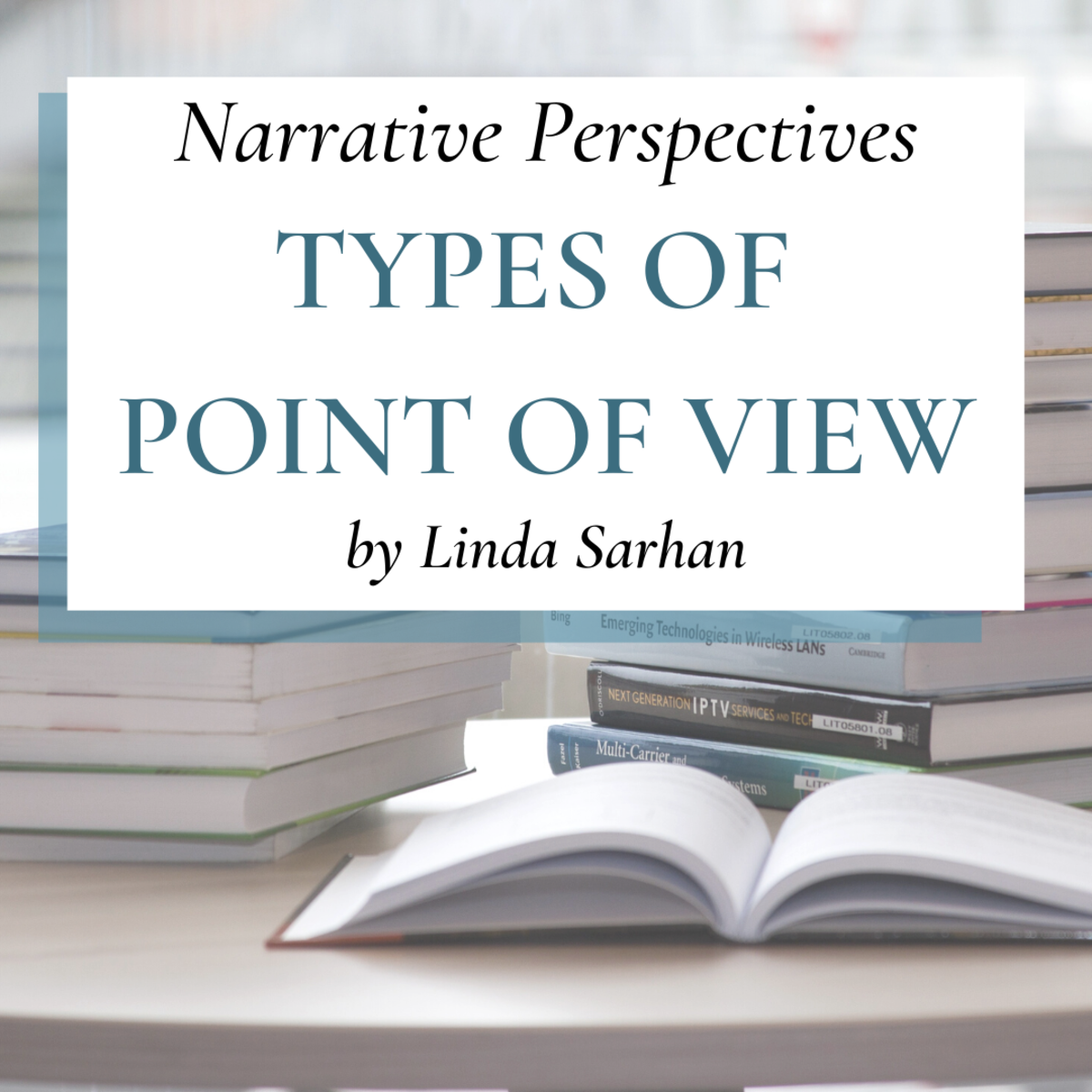Improve the Readability of Your HubPages Hubs - Three Quick Tips
Good Readability Result

Poor Readability Result

How often do you abandon reading a HubPages Hub that, at first glance, seems appealing? Perhaps the title interests you, or the images, but once you begin to read the text, you find your thoughts drifting away from the page. You start to think about what to have for dinner, or what the weather will be tomorrow, or whether you should get a haircut. Maybe you get hungry or sleepy. After a few moments, you realize that you’ve stopped reading. So, you backtrack to where you lost your focus, only to find yourself drifting off again. Perhaps you eventually make it through to the end, but when you are done, your head hurts and your eyes burn.
HubPages Hubs don't have to be this way. There are steps you can take to make sure the readability of your Hubs keeps readers engaged, focused, and awake.
What Is Readability and Why Is It Important?
The commonly accepted definition of readability is this: The total of all of the elements in a piece of writing that allow the reader to understand it, find it interesting, and read it at a good speed. These elements include the reader’s language skill, knowledge, interest, and motivation, as well as the content and structure of the piece of writing. Readability is a matter of successful interaction between the reader and your piece of writing.
The easier you make it for others to read your Hub, the longer they will remain on your page, and the more likely they will be to remember you and your words. Think about the implications. More readers will join your fan club (readers will come back for more), your credibility will be enhanced (readers will believe you), and ultimately your HubScore will rise.
"Eats, Shoots & Leaves"
This immensely readable and entertaining book shows in no uncertain terms why faulty punctuation (just a little comma misplacement, mind you) would lead one to believe that the panda eats before he shoots and leaves.
1 - Be Clear and Precise in Your Writing
Most Hub readers expect simple chunks of information they can absorb and retain without working too hard. They want to move quickly through your words, and they certainly don’t want to re-read a passage they can’t grasp the first time. A subset of these readers includes people who read in a second language. Although you write only in English here, you can be sure you have many readers whose first language is something other than English; these readers expect you to keep your writing clear and precise.
- Write shorter sentences written in the active voice and the present tense
- Use commonly understood words, not jargon
- Ruthlessly eliminate unnecessary words
- Make sure spelling, punctuation, and grammar are accurate, to the point of zero tolerance

2 - Understand and Use the Features Inherent in the Hub Design
Remember that readability is determined not only by the words you write, but by the structure in which those words appear. HubPages developers created an excellent basic structure for your content, a structure that contains both fixed and flexible elements.
The following fixed elements contribute to readability as well as to your ease in creating a Hub:
- Line length—The correct relationship between number of characters and length of line fosters easy reading; if a line of text is too long, the eye has to work too hard to keep from dropping to the next line or rising to the previous. Although the length of a full-column Hub line is a little longer than recommended, it is still within acceptable limits, and that’s one less thing you have to worry about.
- Font styles, colors, and sizes—Occasionally we hear some griping about the limited font elements available here; however, this brilliant limitation works to your reader’s benefit by allowing you to focus on optimizing your organization and logic.
- Relationship between white space and text—Think about your reaction to looking at a large block of solid text which is uninterrupted by sub-headings, sidebars, or images. Do you feel daunted? The Hub capsules and YieldBuild areas assure adequate “white spaces”, serving to anchor the reader’s eye to the text rather than encourage the eye to roam.
More about the Features Inherent in HubPages Design
- HubPages Capsule FAQs
What is a capsule, how to add and edit capsules, and how to move a capsule. - Capsules
From darkside, "Metaphorically speaking, they [capsules] are the tools in your toolbox. They are building blocks. You pick and choose the ones you need to build the hub you want."
When you understand the purpose of the fixed Hub elements, then you can use the flexible elements much more effectively. Here are capsule practices you can follow to improve your Hub’s readability:
- Break up text into multiple text capsules—In this way you will create appealing and effective white space around your words. Don’t forget to add subtitles to the capsules, when appropriate.
- Illustrate text with affiliate, photo, video, links, and rss capsules—Look for ways to use eBay, Amazon, and photo capsules to reinforce specific content in your main text. For example, if your title is “Five Cheap Family Resort Destinations,” then make sure you place the picture of a destination as close as possible to the words you write about it.
- Be consistent with font options—Take a consistent approach to using limited font elements in text capsules. For example, avoid using a Level 4 heading style when your logic and flow call for a second level of organization, not a fourth. Using that Level 4 font, just because it's different or you happen to like it, will serve only to aggravate your reader.
A Word of Caution about Using Readability Tools
Although these tools can be helpful in assessing the readability of your Hubs, be cautious about taking the numbers too seriously. Readability tools like these do not account for a particular reader's motivation, reading skill, or general knowledge. In other words, the tools may measure some elements of your text, but they don't measure anything about a specific person who reads your text. What these tools will do for you is help you simplify and clarify your writing.
3 - Measure Readability with a Readability Tool
Tools that measure readability are available online or embedded in proprietary applications. It’s generally agreed that readability tools are less than accurate. Nevertheless, using them can give you some insight into the ease or difficulty a reader may have with your text. A readability tool like Microsoft Word’s gives you this kind of information about your writing:
- Average characters per word, words per sentence, and sentences per paragraph (the lower, the better)
- Percent passive constructions (strive for as close to zero as possible)
- Flesch Reading Ease Score (the higher the score, the easier the text is to understand)
- Flesch-Kincaid Grade Level (U.S. school grade level—seventh grade level is considered to be the most appropriate for successful online reading experiences)
Great Resources for Improving the Readability of Your Hubs
A Short List of Wonderfully Readable Hubs
Here’s a small sampling of some of the most readable Hubs I’ve had the pleasure to enjoy.
- Fall Foliage in a Dead Zone creates a smooth flow of text, keeps the main text isolated into a comfortably narrow column to the left, and joins the photos to the appropriate text. (Not to mention, the title is stellar.) I never tripped up once, lost focus, or drifted off. Also, I love old graveyards.
- How You Can Save Christmas: Operation Santa Claus uses a fluid connection of sub-heads to support not only the Hub’s title, but also the flow of the text. Plus, I love New York.
- Do You Ask for Advice? uses subtitles to lead you from the title to the conclusion, along with simple, conversational text. For those whose second language is English, some of the colloquial constructions like “off-handedly commented” might cause a little stumble, but all in all, a most readable read.
There are many beautifully readable Hubs out there, among them anything written by Julie-Ann Amos, Shirley Anderson, and Robie2.
When you find yourself captivated by a particular Hub, take a good, long, critical look at it using your newly gained readability knowledge to see what makes it tick.
More of Sally's Tips on Writing...
- Five Ways to Revise Your Poorly Performing HubPages Hubs - A Writer's Point of View
- Three Quick Tips for Fine-tuning the Writing in Your Hubs
- Overcoming Writer's Block with Particle, Wave, Field Theory
- How To Write Your Original Food Recipes - 10 Tips for Making Your Recipes Easy To Follow
- Generate Short Story Ideas with this Powerful Creative Writing Exercise
What Do You Think?
Please leave a comment below to join the discussion on this article and share your thoughts. Let me and other members of the HubPages community know what you think.
If you are not a member here on HupPages, then sign up here. You can publish your own articles and even earn some money. It’s free to join!
© 2009 Sally's Trove. All rights reserved.










